
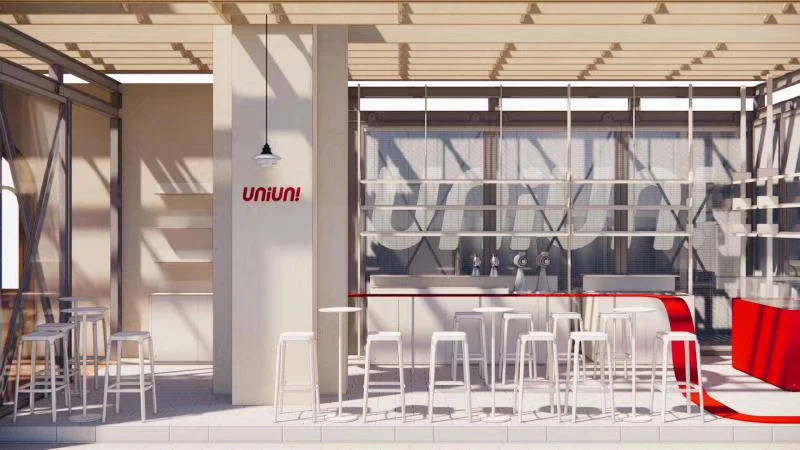
──The spread of COVID-19 has caused ongoing disruption worldwide. Did your work get affected, Du?
When the outbreak first occurred, I happened to be on a business trip in Panama. I was supposed to return via France, but my flights were repeatedly canceled, and I was stuck at the airport for a while.
Eventually, I managed to return to China, completed a two-week quarantine, and finally returned to my shop in Nanjing.
At that time, the whole of China was under lockdown, and our shop was closed for about a month.
Afterwards, takeout and dine-in services were gradually allowed again, and we eventually returned to normal operations. During the lockdown, while the industry was struggling, we provided coffee beans free of charge to many peers and also conducted online training.
From now on, we must continue to overcome difficulties together.
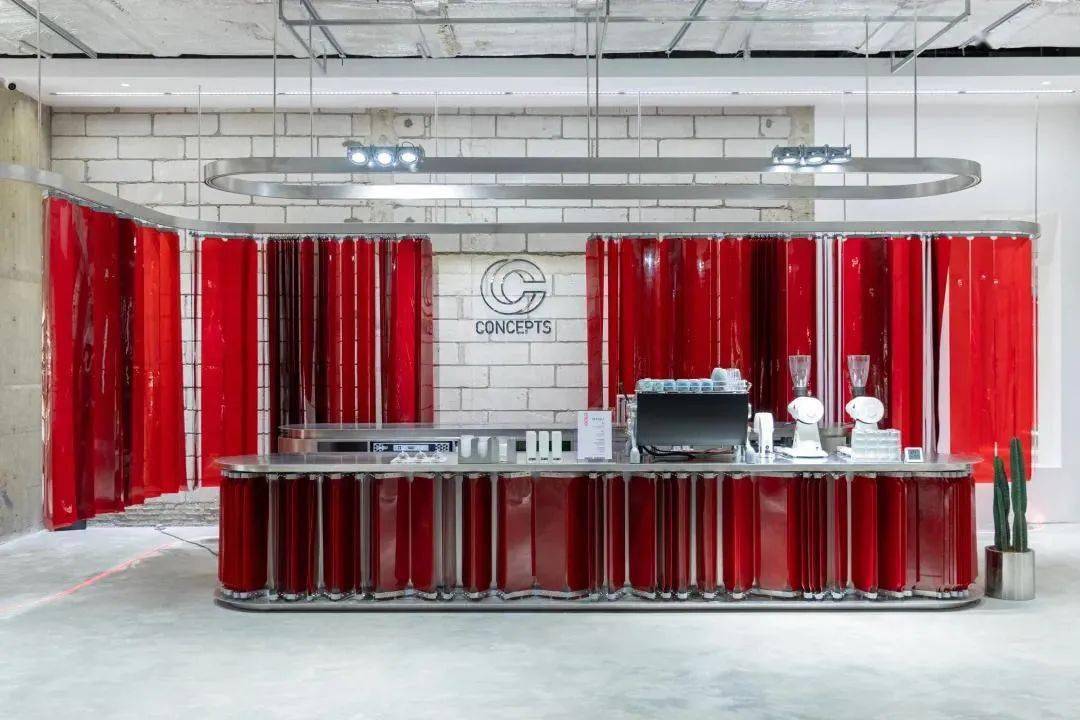
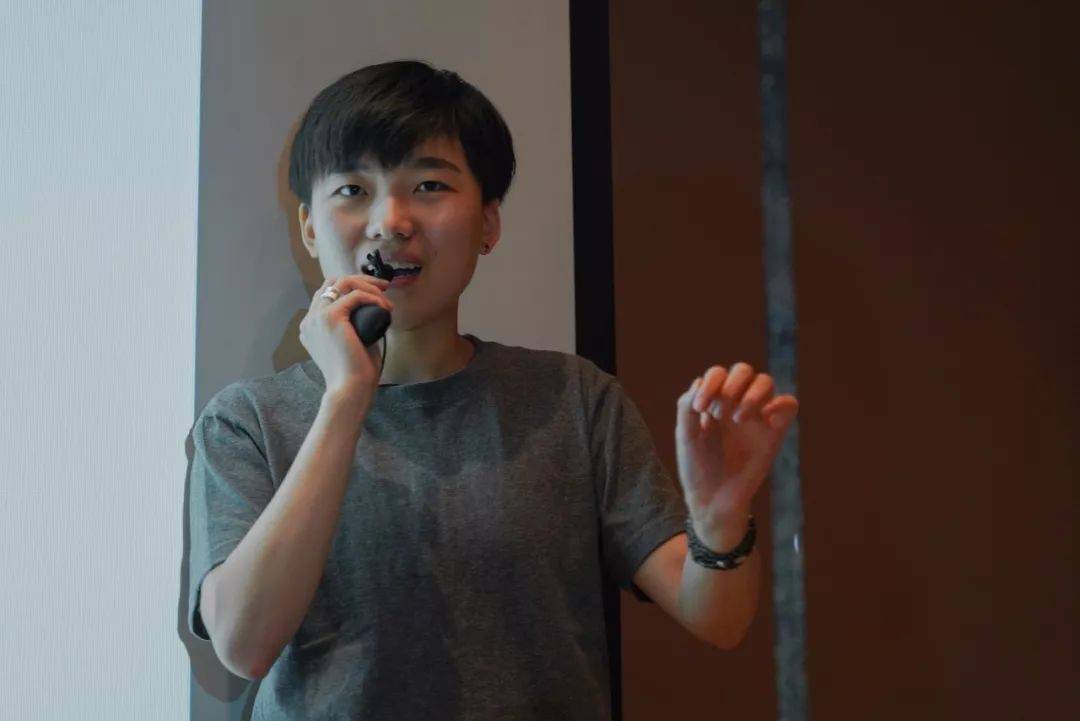
While running the shop was challenging, our online sales grew significantly during the lockdown.
As a company, we plan to continue focusing on e-commerce, brand rebuilding, and expanding B2B wholesale sales.
Personally, my training work (at "M2M COFFEE TRAINING & EDUCATION," where I train baristas of various levels) was interrupted for about four months due to COVID-19. Moving forward, I aim to further evolve the training content.
We plan to develop appropriate curricula for everyone, from beginners to professional baristas. After mastering the basics, we provide specialized training tailored to career advancement, such as cup testers, roasters, store managers, and quality control masters.
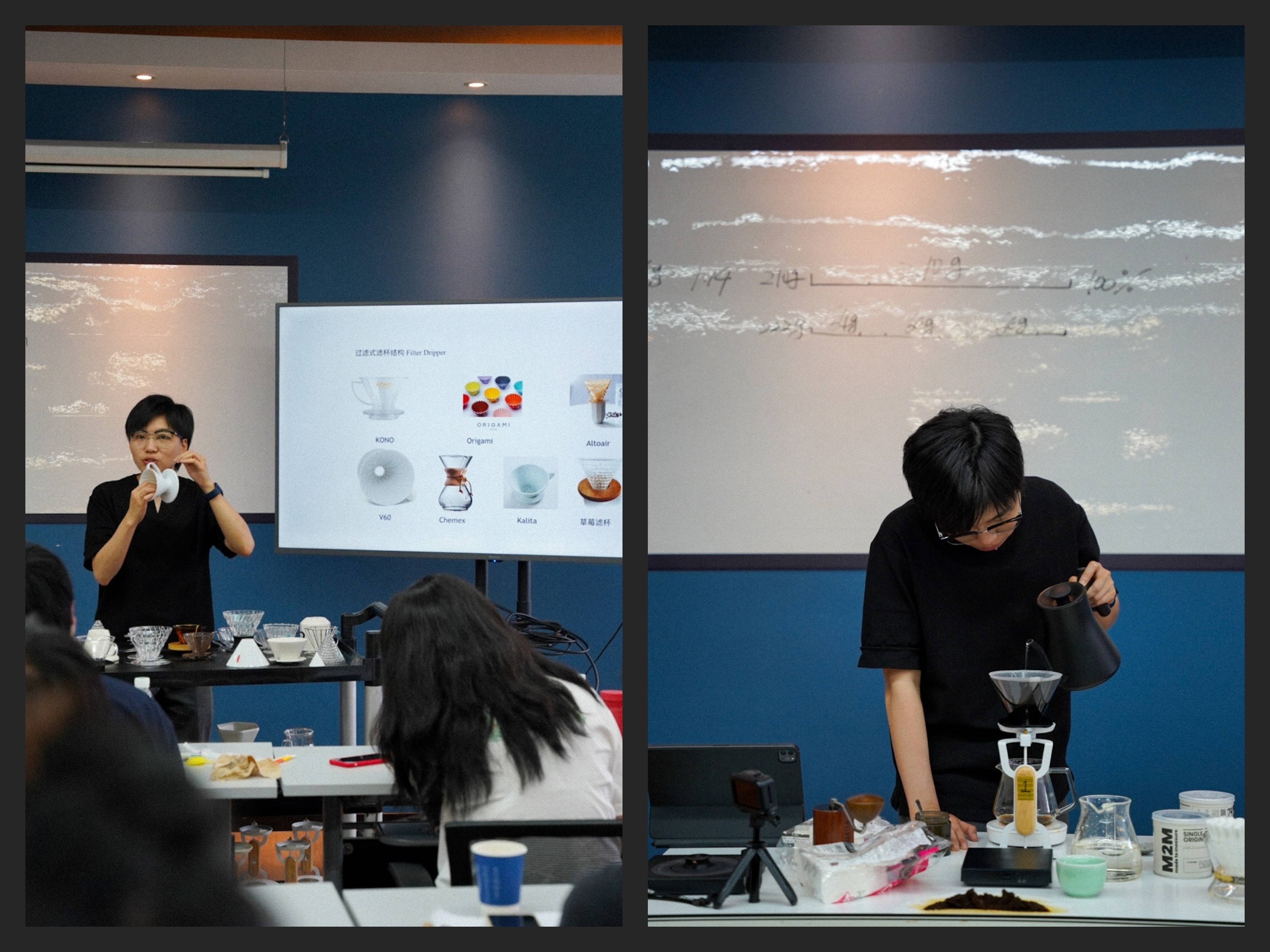
With the same amount of coffee grounds, the shape difference between wave and cone filters changes the thickness of the coffee bed. The cone filter produces a thicker bed, while the wave filter has more ridges, resulting in a thinner layer.
Using a wave filter with a thinner coffee bed shortens the water's contact time, resulting in almost uniform extraction between the top and bottom layers.
In contrast, using a cone filter with a thicker layer causes differences in extraction between the top and bottom, which produces certain variations in coffee flavor.
To elaborate, the wave filter makes it easier to achieve uniform extraction.
The taste of the coffee is more consistent, so depending on the beans, one flavor—acidity, bitterness, or sweetness—may stand out.
On the other hand, though not exactly a drawback, the wave filter's strength in uniform extraction makes it harder to produce complex and rich flavors.
Cone filters, with differences in extraction between the top and bottom layers, allow different compounds to dissolve from each layer. Using this effectively can create more complexity in coffee flavor. We call this "controlled uneven extraction."
In summary, wave filters produce a clear taste with a single prominent flavor, while cone filters provide more complex and rich flavors.
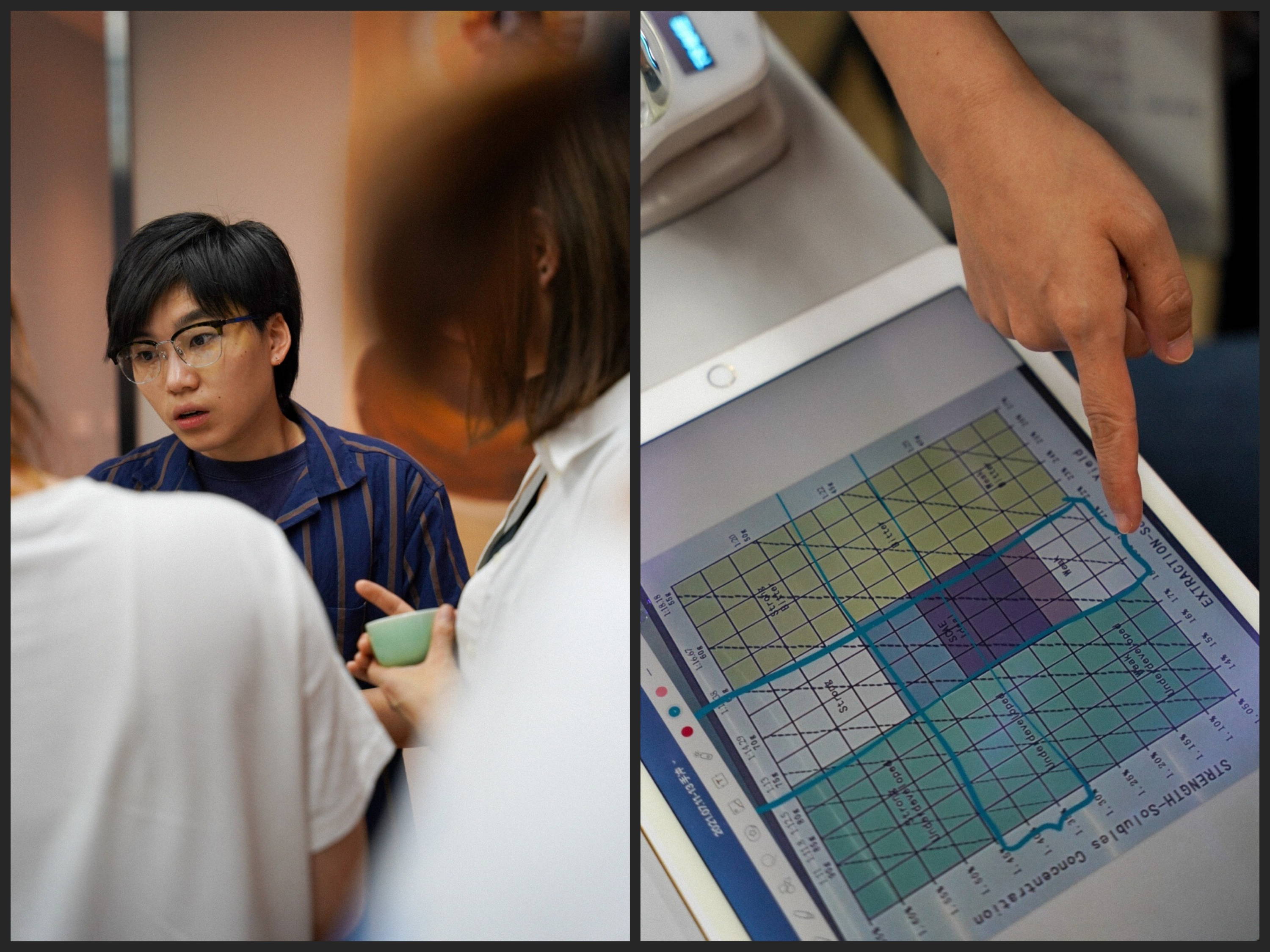
Yes.
My extraction philosophy for the World Championship was to extract as uniformly as possible.
This is also related to the coffee beans I selected.
The beans already had good complexity and rich flavors. By focusing on uniform extraction, I could consistently bring out the beans' flavor and maintain flavor consistency.
However, in everyday use, there is no need to think so complexly.
Regardless of the bean's flavor, if you want more complex taste, use a cone filter. If you prefer a single flavor, a wave filter is fine.
There are no fixed rules for choosing filters.
It is a matter of personal preference.
However, depending on the coffee beans, I may choose the dripper shape.
For example, if the beans need to be extracted quickly, it is better to choose a dripper where the water flows faster.
Conversely, if you want the coffee to steep longer, use a dripper with slower water flow.
The beans I used in the World Championship were ultra-fast roasted (large expansion). If extracted too long, they develop bitterness.
Therefore, short extraction time was necessary.
This is one reason I chose the ORIGAMI dripper.
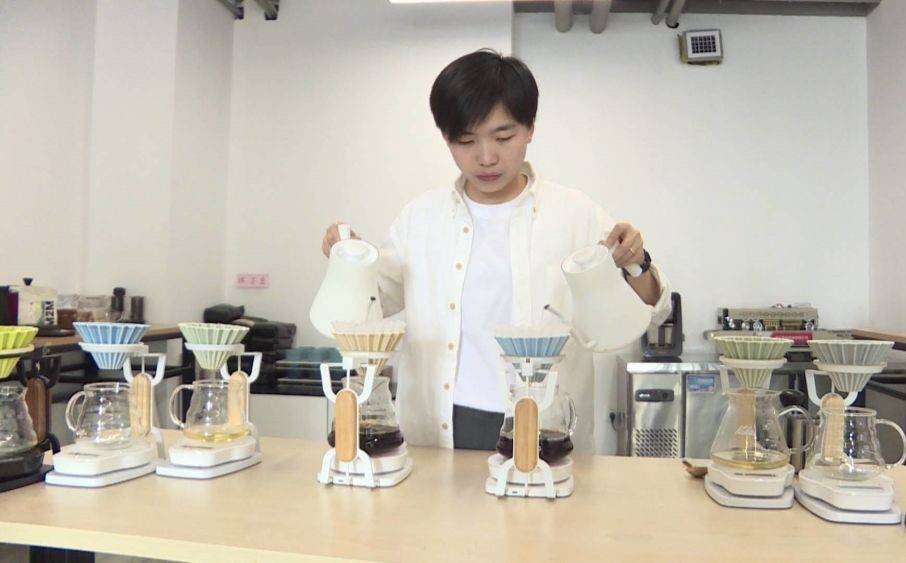
If you want to perfect coffee taste, you must consider the roasting process.
If the roasting process changes, the extraction method changes too.
If roasting is short, the bean heats quickly and compounds extract easily, so faster brewing is appropriate.
For example, the beans I used in the Championship were roasted for only 4–5 minutes, so I used a 1 minute 30–40 second extraction.
If roasting is long, the beans are harder and expand less.
To extract the compounds, a slower pace is better, so water is poured slowly.
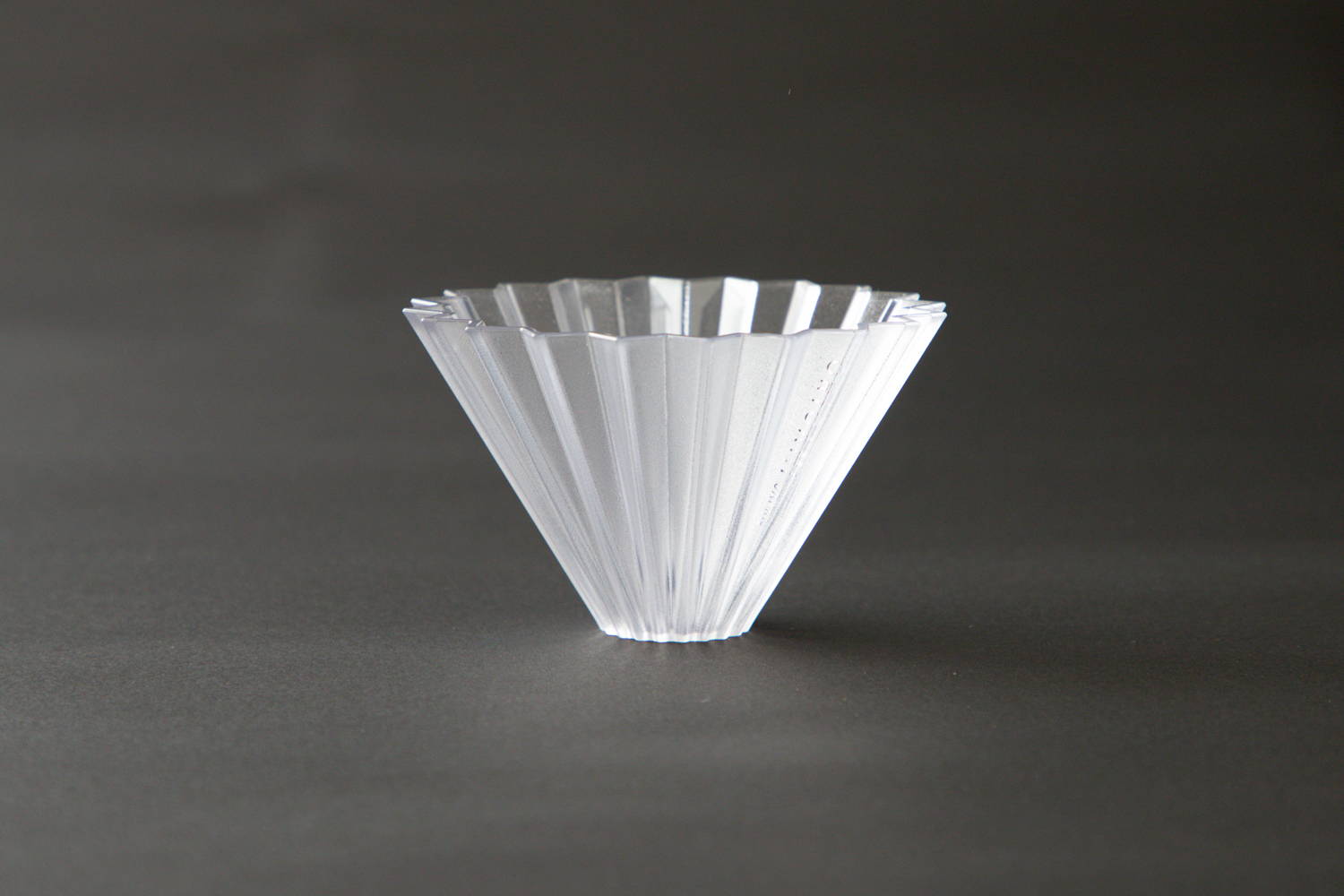
I also use resin drippers frequently.
Resin has low heat absorption, making it suitable for higher initial extraction temperatures.
Porcelain drippers absorb and release heat slowly, making them suitable for beans that don’t need high initial temperatures but require heat retention later.
Since the dripper material affects water temperature, it would be useful to have comparative charts of temperature curves for each material when choosing a dripper.
Absolutely! I’m looking forward to it.




